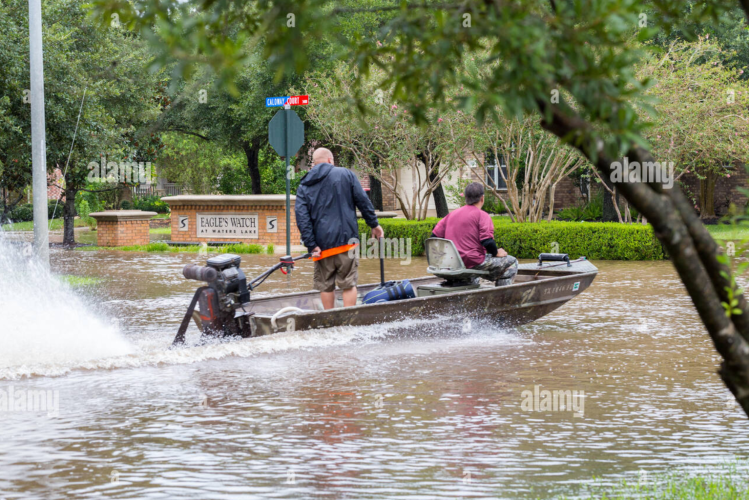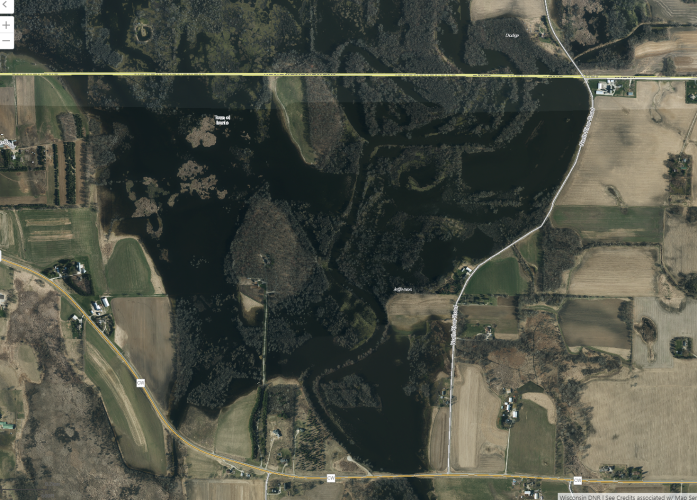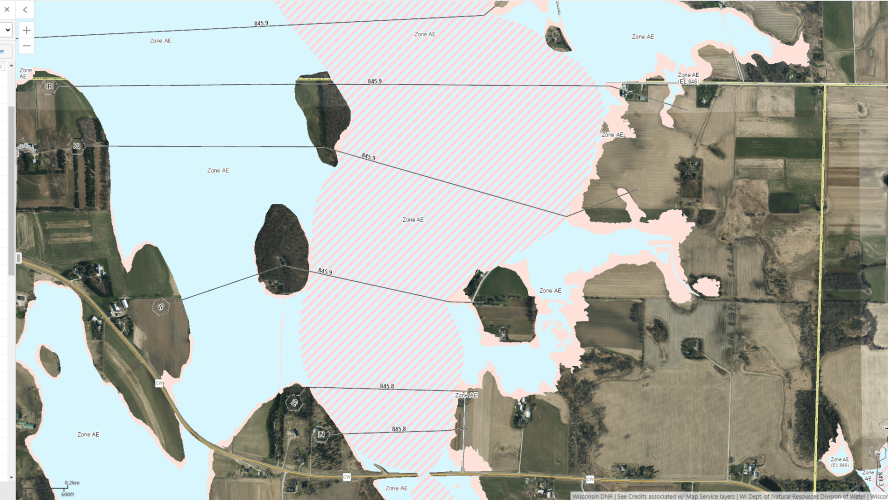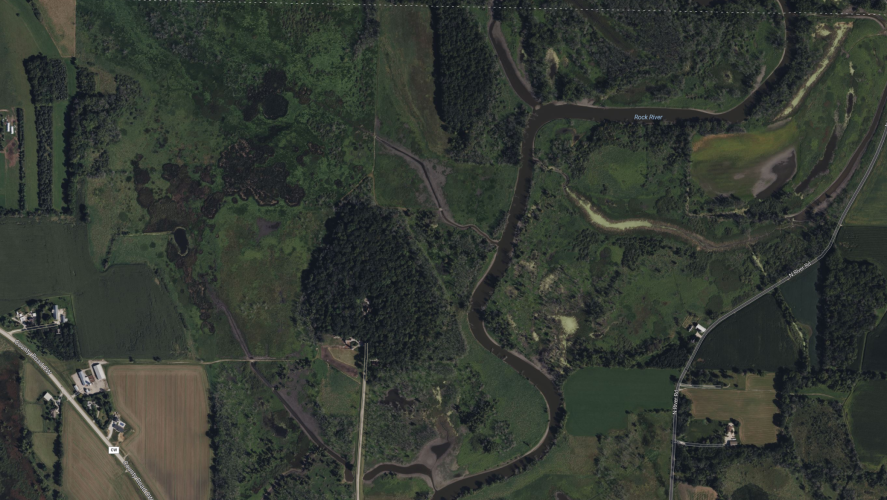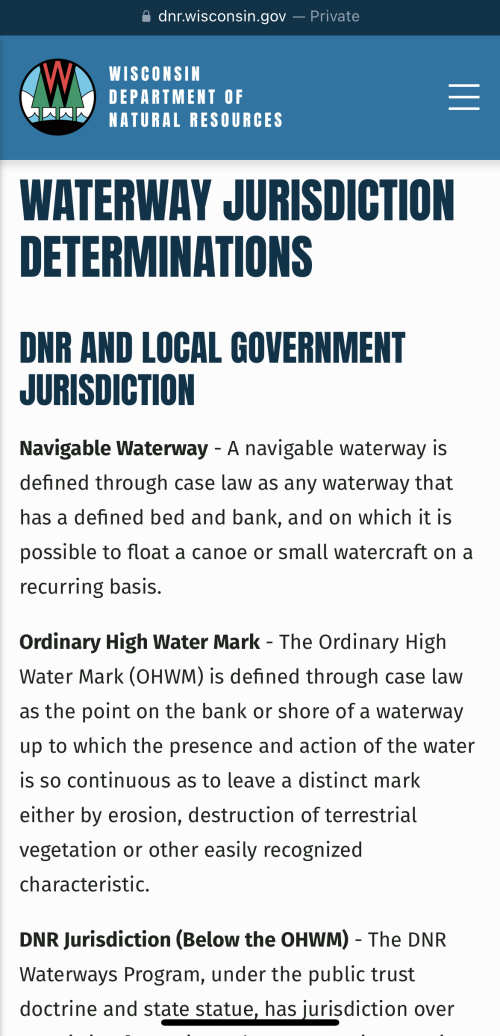Can’t we have a little compassion for the flood victim?
If someone is actually rolling up on this dude during a flood, it’s probably someone there to help- this is Wisconsin we are talking about.
This isn’t about him being a flood victim. He’s protecting his duck spot.
Last edited:




